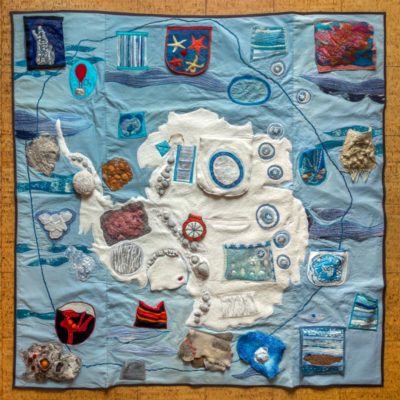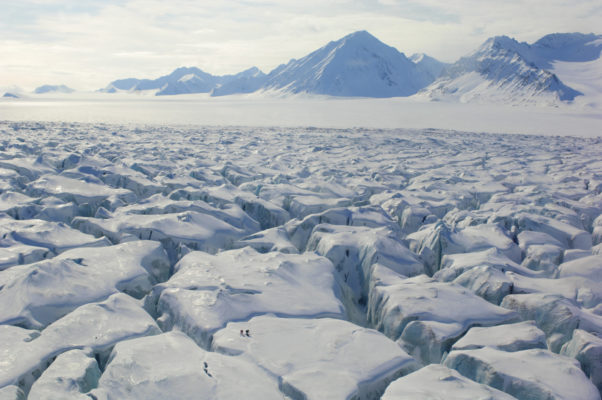How did we (nearly) all forget about, or simply overlook, a large-scale two-year long mid-20th Century scientific expedition to the northern Greenland Ice Sheet? Particularly an expedition that kick-started some significant glaciological and geophysical careers, developed large-scale polar logistical capabilities, traversed the ice sheet, acquired some novel and critical data, and asked some big r ...[Read More]
Re-discovering the British North Greenland Expedition 1952-54







